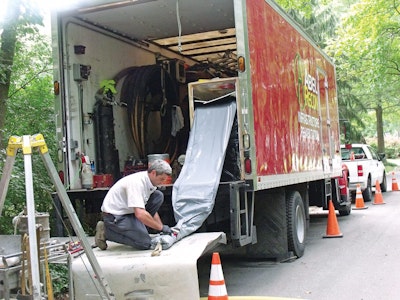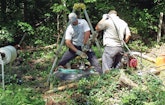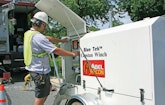
Wilmington, Del., was the first permanent Old World settlement in the Delaware River Valley. Discovered by the Swedes in 1638, it became the main port of America’s First State. Now the old city’s municipal sewer and water collection and conveyance system is showing its age, its...








